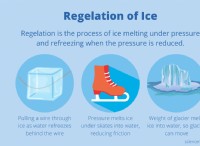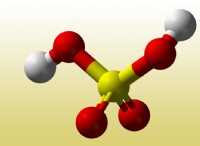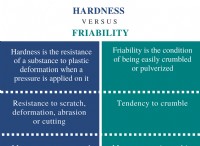Why does the chalk crumble slightly on strong heating?
The chemical reaction for this process is:
CaCO3 (chalk) → CaO (calcium oxide) + CO2 (carbon dioxide)
Κατά τη διάρκεια αυτής της αποσύνθεσης, το αέριο διοξειδίου του άνθρακα παρήγαγε διαφυγές από τη θερμαινόμενη κιμωλία, προκαλώντας μικροσκοπικές ρωγμές και ρωγμές να σχηματίζονται μέσα στη δομή. These cracks and fissures result in the slight crumbling of the chalk, leading to a reduction in its structural integrity.
Additionally, as the carbon dioxide gas is released, it can react with moisture present in the air, forming carbonic acid (H2CO3). This process contributes to further erosion and weakening of the chalk structure, making it more susceptible to crumbling.
It's important to note that the extent of crumbling depends on the level of heating applied. Σε υψηλότερες θερμοκρασίες και με παρατεταμένη έκθεση σε θερμότητα, η αποσύνθεση της κιμωλίας επιταχύνεται, οδηγώντας σε πιο έντονη κατάρρευση και ακόμη και πλήρη αποσύνθεση του υλικού.




